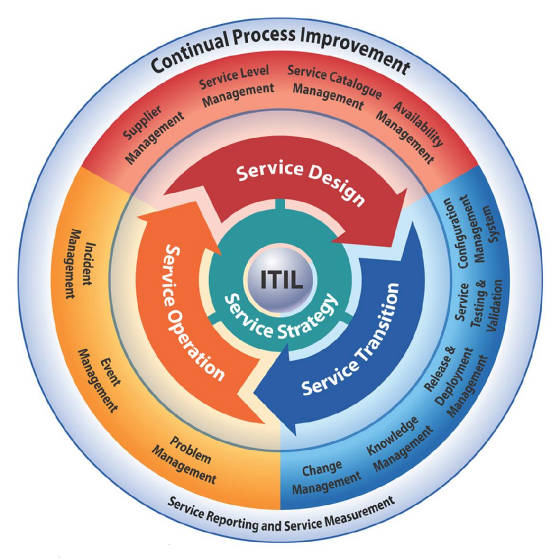
|
|
Friday, August 28, 2009
The "buzz" about CCD... No...we're not talking
about digital cameras.
New insight into the cause of Colony Collapse Disorder Since 2006, about 30 percent of the commercial honeybee population has
died off due to Colony Collapse Disorder. Though many theories have emerged about the causes of CCD since it first began ravaging
honeybee populations, a study released this week has identified the first molecular marker of the disorder.
Researchers from the University of Illinois and the U.S. Department of Agriculture used
information compiled through the Honeybee Genome Project to compare gene expressions in healthy bees with CCD-affected bees.
They discovered large quantities of fragmented ribosomal RNA in CCD-affected bees. These fragments were found in the healthy
bees, too -- they are apparently products of the damage repair mechanism in insects in general -- but they're present to a
much greater extent in CCD-affected bees.
More to follow...
Braun Tacon
2:13 pm pdt
Wednesday, August 19, 2009
Stress, like Cha, cha, Changes can be managed...Brain Is a Co-Conspirator in a Vicious Stress Loop
If after a few months’ exposure to our David Lynch economy, in which housing markets spontaneously combust,
coworkers mysteriously disappear and the stifled moans of dying 401(k) plans can be heard through the floorboards, you have the awful sensation that your body’s stress response has taken on a self-replicating and ultimately self-defeating life of its own, congratulations. You are very
perceptive. It has.
Sound advice from the New York Times
More to follow...
Braun Tacon
6:24 pm pdt
Saturday, August 15, 2009
Humbling...
A March 9th, 2004 press release from the HUBBLESITE newscenter:
"March 9, 2004: Astronomers
at the Space Telescope Science Institute today unveiled the deepest portrait of the visible universe ever achieved by humankind.
Called the Hubble Ultra Deep Field (HUDF), the million-second-long exposure reveals the first galaxies to emerge from the
so-called "dark ages," the time shortly after the big bang when the first stars reheated the cold, dark universe.
The new image should offer new insights into what types of objects reheated the universe long ago.
This historic new view is actually two separate images taken by Hubble's Advanced
Camera for Surveys (ACS) and the Near Infrared Camera and Multi-object Spectrometer (NICMOS). Both images reveal galaxies
that are too faint to be seen by ground-based telescopes, or even in Hubble's previous faraway looks, called the Hubble Deep
Fields (HDFs), taken in 1995 and 1998."
For a more visual explanation of this event, view this video from DeepAstronomy.com
The more I live, the more I realize just how very small I am.
More to follow...
Braun Tacon
Monday, August 10, 2009
Just what is Knowledge Management?Recently I had the opportunity to weigh in with my point of view in a discussion
thread on the question of what is Knowledge Management. Because I think Knowledge Management is a very important
topic I am cross-posting my thoughts here.
What is Knowledge Management?
Knowledge, and by extrapolation,
Knowledge Management, does not stand alone. If it is to be useful it must permeate every aspect of any organized effort. Let's
consider the role that Knowledge Management plays in something as common, yet exceedingly complex, as airline travel.
The pilot who will fly from Las Angeles to New York between 10:00am PDT to 4:00 EDT will likely begin his business
day at about 5:00am PDT. That early start is needed so the pilot can begin his daily process of Knowledge acquisition,
Knowledge assessment and validation, and Knowledge categorization, prioritization and availability. Then and
only then can the pilot build the specific and detailed action plan for his transcontinental flight of today and make the
ultimate and final decision as whether to fly or not to fly.
Knowledge acquisition will include the local
and destination weather reports and all the major weather in-between. He will need to know the number of passengers and the
estimated weight of the passengers and cargo. He will check to see if there are any notable exceptions such as runway closures
or closed airspace that he may encounter on today's flight (NOTAMS, "notice to airmen"). Finally he will inspect
the maintenance records of his aircraft to see if his airship is worthy of flight.
Knowledge assessment and
validation will begin with the weather reports and additional live briefings from subject matter experts to help him better
understand the data presented and to glean information that he can use. Taking the total weight of his aircraft including
passengers, cargo and fuel along with weather information enroute, the pilot will decide exactly how much fuel to put on the
plane including a sufficient reserve to allot for any change in plans or the environment. Runway or airspace closures will
help him determine his approach into the destination, and aircraft maintenance will be assessed from a "go / no-go"
perspective.
Knowledge categorization, prioritization and availability is the last step of this process
which ensures that pertinent Knowledge is available to the pilot and others at the right time and place. Weight and weather
are factored to determine the optimal takeoff configuration and airspeed. Before takeoff, the total passenger count has been
used to determine the ideal food and beverage load for the flight. Prior to that, the passenger's baggage has been routed
via the most expedient means to insure arrival at the aircraft's final destination. Finally, the weight of the aircraft and
weather conditions at the destination are computed at many times during flight in order to determine the speed and configuration
of the aircraft for landing.
Airline travel occurs hundreds of times a day, all over the world. And air travel
is only possible because of the myriad of disparate yet synchronized Knowledge Management streams that exist to guide and
serve all of the pilot's decisions. In other words just like "no man", Knowledge Management is not an island.
To summarize Knowledge Management is both an end to a means, and a means to and end. Good Knowledge Management is
designed to provide timely, relevant, and useful information to key decision makers and doers. This Knowledge comes from a
myriad of dynamic and disparate sources which must be available at any time and with guaranteed accuracy. The intended outcome
should always be to provide agility and confidence when making plans or decisions. It does not matter if your goal is transcontinental
flight, open heart surgery, or making ice cream. The principles, goals, and outcomes are largely the same.
More
to follow...
Braun Tacon
5:23 am pdt
|
|
BraunsBlog...Random
musings on specific topics. The central themes will be ITIL V.3, Information Security, and other sundry ITSM topics.
That said, there are many more things in this world on which to opine, so don't be surprised if I do now and then.
About me...Braun Tacon, Portland Oregon. Husband,
father, aviator and former Air Traffic Controller with over 20 years experience in the Information Technology and IT Service
Management field, the last thirteen years of which having been spent at a Fortune 500 in the Pacific Northwest. Professional background and certifications include Aviation Management, Education, Systems Management, Information
Security and Process, Standards and Quality Management. Always delivered with a strong focus on ITIL and similar
Process Improvement Frameworks such as LEAN, SixSigma and TQM (Thank you Mr. Deming!).
Hobbies include reading, writing, and even the occasional Karaoke contest! All opinions expressed here are mine and mine alone.
BraunsBlog - 99 and 44 one hundredth percent pure ITIL...66 one hundredth percent
pure Braun 
|

